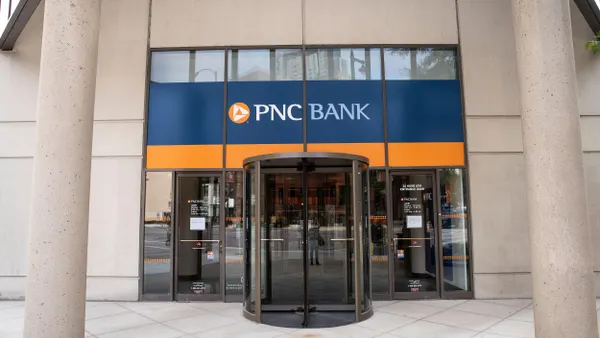Brady Harris is the CEO of Dwolla, a software platform that facilitates programmable business payments. Opinions expressed are the author's own.
The pandemic has shaken up the payments industry as we know it. With more businesses incorporating contactless activities into their workflows, existing payment methods such as cash and paper check deposits are becoming obsolete. In fact, 66% of business leaders expect that they will stop making or accepting these types of payments. This sudden shift in how we do business has accelerated the need for quick, easy and affordable options to move money electronically.
Traditionally, businesses across various industries have been slow to adjust to these digital experiences and have stuck with conventional payment methods like paper check and cash transactions. With these traditional methods come the frustrating risk of checks getting lost in the mail and being slow to process. The Automated Clearing House (ACH) has been a solution to this dated process for years, providing a reliable connection directly to a bank account for a frictionless transfer of funds, and now businesses have another option.
Launched in the U.S. by The Clearing House (TCH) in 2017, the Real-Time Payments Network allows for instant transfers, which are bank-to-bank money transfers that settle within seconds, helping businesses move money faster than ever before. This growing segment in payments allows companies to enhance their overall operations — improving cash flow, increasing customer satisfaction and retention, and reducing the time spent on payment processing. It’s become a must-have for businesses, with more than 85% of companies planning on implementing real-time payments within the next three years.
Currently, the RTP Network reaches approximately 60% of all U.S. deposit accounts, and TCH expects that number to continue climbing. If you’re on the fence about adopting real-time payments, here are three reasons why you should consider it:
Gain a competitive edge
Every industry stands to gain from real-time payments. Health care providers can improve payer-to-provider flows by issuing disbursements while small businesses and entrepreneurs can accept real-time, point-of-sale payments for their services or goods. In the business-to-business space, real-time payments provide companies with a convenient option for making consistent or larger vendor payments, while avoiding the higher costs that can be associated with cards. This translates to better cash flow and a better understanding of the composite health of the business.
As real-time payments take off among businesses — 81% of leaders think it will significantly impact how business is done — they won’t replace other digital payments. Instead, they will allow companies to increase their competitiveness by delivering greater value to their customers with the flexibility of multiple payment options.
Improve customer satisfaction
When it comes to moving money, modern consumers are focused on one thing — speed. They want the ability to send and receive money within seconds, regardless of the time or day of the week. These same expectations apply to businesses. With the pandemic accelerating the move to digital payments, businesses are turning to real-time payments to provide a better experience for their customers. With this always-on payment modality, businesses can send and receive payments 24 hours a day, 365 days a year.
A modern payment network for modern payment risks
The growing availability of real-time payments is changing the way businesses and financial institutions think about security. With faster payments comes an increased need for safeguards to protect against potential fraudulent activity. In today’s digital world, there’s always a risk of bad actors taking advantage of money moving from one system to another and the financial industry is no exception, with cyber attacks increasing 238% this time last year.
Moreover, securing real-time payments requires more than deploying the same risk management and fraud prevention solutions as other payments. With real-time payments, businesses need security standards that can react and respond in seconds. This should include regularly testing risk management systems while adding preventive measures like multi-factor authentication and data encryption, so businesses can immediately detect and thwart potential threats.
With the pandemic accelerating the adoption of accessing digital payment rails, businesses should expand their payment portfolios with real-time payments to drive significant value to cash flow operations and customer experience.












